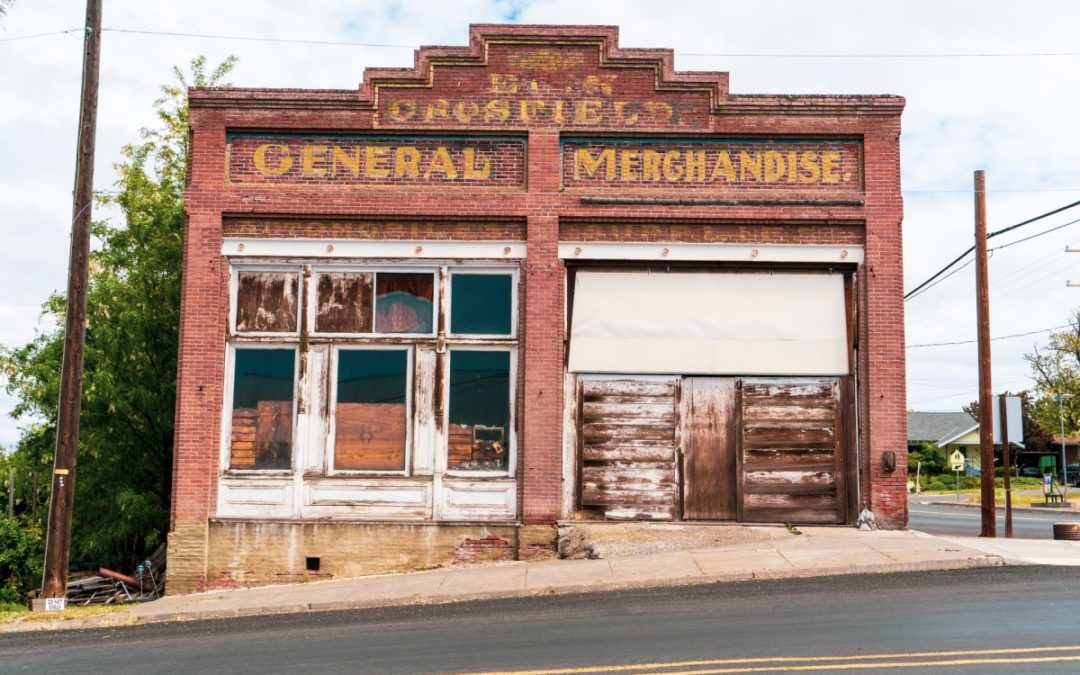Strategic planning is difficult when you can’t depend on your local budgets. Even if we’d never heard the names George Floyd or Brianna Taylor the situation regarding COVID-19 would have still impacted police departments across the country. The calls would have been different, and it would have been a probably much more of a a slow process. But as communities see reduction in retail occupancy tax revenue is plummeting. In cities such as Minneapolis, retail occupancy is down to 14% occupancy in some areas. Communities are wondering how they’re going to pay for all the services that they have. Police are just one of them.
For communities that were larger than 500,000, many of them were able to get federal money through the Cares act. Smaller communities typically have not seen the benefit of any federal money throughout the pandemic. If anything they’ve watched their tax base drop. With the pressure from different groups to see police department’s defunded, it’s kind of a perfect storm hitting police from both sides.
A Waiting Game
Lot of communities are currently in a holding pattern. They are wandering whether one of the new economic packages will benefit them or not. The Biden proposal is $1.9 trillion that would offer state and local governments $350 billion in aid. But there’s also a counter proposal from the GOP which is roughly a third of the size. This includes no money for state and local governments. So it becomes a waiting game to see what’s going to be available. Pittsburgh is typical of communities being hit hard by the pandemic. Based on a loss of tax revenue of almost $57 million last year and an additional $55 million this year, they are looking at having to layoff almost 600 city employees, including police.
The reality is that communities are likely to see a dramatic reduction in tax revenue. This is going to be caused by a reduction in occupancy in their downtown, and reduced foot traffic to restaurants for at least for the next two years. This basically brings us back to what is the plan going to be going forward? How are communities going to attract new businesses? In Hawaii for instance their retail occupancy rate in some areas is as low as 16%. This has prompted the state to basically offer to pay for plane fare for any entrepreneurs looking to take up residency in Hawaii for 30 days or more.
Communities are getting creative but they’re going to need to get even more creative as they go forward. Lower occupancy of retail space means more chances for vandalism and squatting by homeless. This also increases the need for additional police services which many communities are under pressure to cut. You have this double edged sword where the demand is actually increasing when funding is becoming less available. As they’ve seen in Minneapolis, there has been a dramatic increase in property related crime at the same time there is pressure to defund the police.
A Bad Plan Today
There is a saying that a bad plan today is better than a good plan tomorrow. This is where we see a lot of police departments and communities at this point. Right now they are in a waiting game of not knowing what’s going to happen with their local budgets. One police department we reached out to issued an RFP in 2019 which they still haven’t awarded. Our approach to strategic planning is designed so that it is dynamic. Having a plan now even if it’s not ideal creates momentum and hope. Even if you know it’s going to change there’s still opportunities to change it.
We’ve built our process around the fact that a strategic plan is not a static document. We’re trying to make this as accessible as possible for communities that are dealing with also all sorts of challenges right now. We do our best to cater to available local budgets of communities under 100,000. Having a plan to work from is important even if it’s shelf life is a matter of months. We would love to work with you, get you headed in a direction, and refine it over time.


